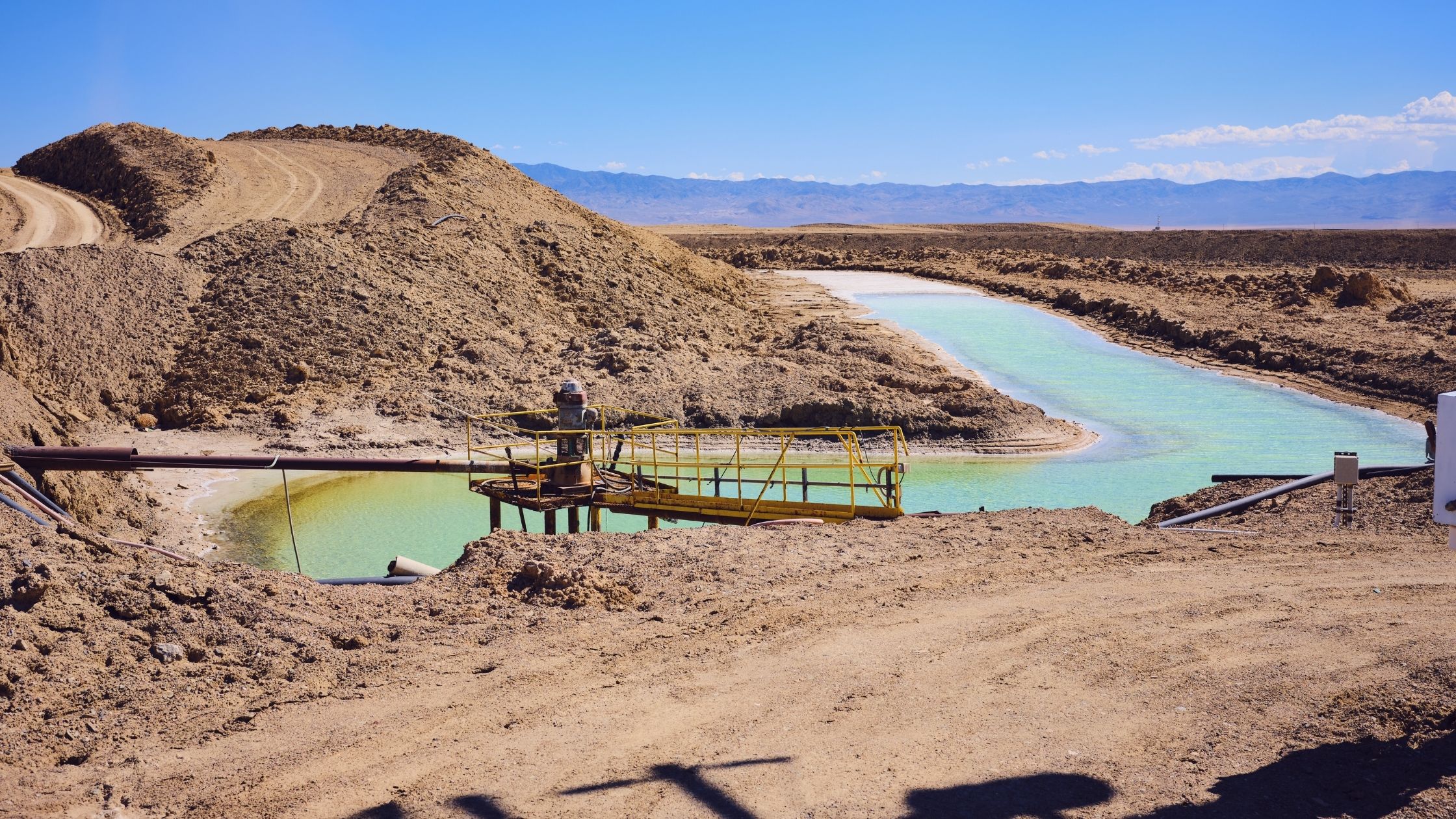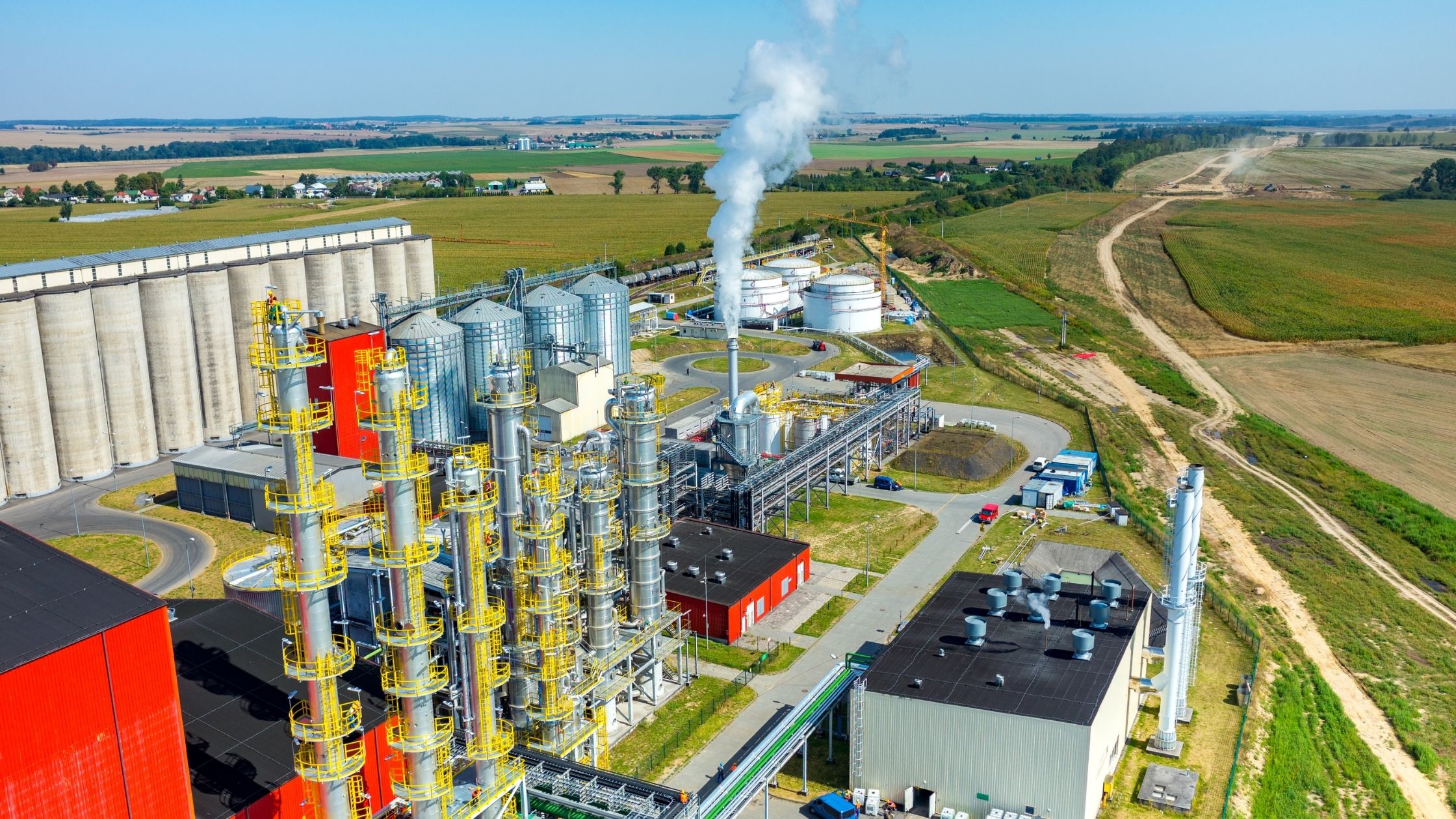Plants are absorbing less CO2 than predicted – what does this mean for climate action?
What’s happening? A “fertilisation effect” that has seen rising carbon dioxide (CO2) levels stimulate plant growth has declined more quickly than computer models predicted since at least 1982, according to an analysis of satellite records by international scientists.
Why does this matter? As temperatures rise, a series of potential “positive feedbacks” in the Earth’s system could act to speed up the pace of warming further. For example, permafrost will melt as a result of warming in the Arctic, which will then release stored greenhouses gases such as methane and CO2 into the atmosphere.
The CO2 fertilisation effect (CFE) is a phenomenon that on the other hand acts as a negative feedback on climate change – enhanced CO2 increases plant growth which acts to then re-sequester a certain amount of CO2. Climate models take account of this phenomenon to some extent.
This new research, however, shows CFE declined globally from 1982 to 2015 at a rate faster than climate models’ assumptions. The rate of decline corresponds to changes in nitrogen, phosphorous and soil water availability. When these are disrupted, previous research has shown CO2 concentration can become a limiter to plant growth.
This means the Earth’s vegetation cover – essentially our planet’s lungs – “breathing” and sequestering CO2 from the atmosphere over a yearly cycle, is becoming less effective at doing so.
Further recent studies have pointed to other mechanisms through which warming is affecting biomass’ ability to sequester carbon. Leaves are projected to fall earlier in the autumn due to climate change, for example, which could result in temperate forests storing one gigatonne less of carbon annually. An experiment on a mature forest in Australia showed that older trees did not increase their level of CO2 sequestration as atmospheric concentrations rose. On a larger level, a fifth of the Amazon rainforest has been found to now be emitting rather than storing CO2, and it is projected the entire ecosystem could turn into a carbon source rather than sink in the next decade.
Similar effects are also being seen the ocean, and the Earth’s soils. While some forest and agricultural management techniques can help mitigate the problem, as a result of the decline in CFE, plants are likely to absorb less CO2 than we previously thought. This means to meet global climate targets we will need to rely more on direct action to reduce emissions and less on the natural world.
Lateral thought from Curation – Does the above study have the potential to affect the carbon offset market, which has already been targeted as being in need of improvement?
From a climate accounting perspective, forests are thought to be an asset class that could generate up to $800bn a year through offsets and reach a value of $1.2tn by 2050. If these aren’t absorbing the forecast level of CO2, however, the figures are subject to change – or investors will not be getting what they’re paying for in terms of avoided CO2 to the atmosphere.


